A Hubble crisis? Or new physics?
💥 My exclusive interview with astronomer Wendy Freedman.
with Ethan Siegel • June 21, 2025
Greetings readers,
Last week was a wild one for me. I journeyed to Anchorage, Alaska, for the 246th meeting of the American Astronomical Society, and it didn't disappoint. An enormous set of new scientific results were released, many of which hold profound implications for how we make sense of the Universe. You read some of those new finds last week and a couple of them this week, and there will be more to come as the northern hemisphere's summer unfolds.
One fascinating surprise involved a reanalysis of one of the lowest-mass, most dark matter-dominated galaxies known: Segue 1. Initially, it was inferred to have a total gravitational mass of 600,000 Suns with just 175 Suns worth of stellar mass. However, a new study shows that it may house a supermassive black hole that makes up most of its unseen mass. On the solar side of physics, the NASA PUNCH mission has begun taking data, allowing us to track, for the first time, coronal mass ejections from their emission all the way to planet Earth. (There's an astounding time-lapse video you don't want to miss!) And although it's been several years, a follow-up study on the ANITA mission, which claimed to detect "impossible" cosmic rays shooting out of the Antarctic ice, has refuted the most spectacular interpretation of the ANITA data for good.
The most remarkable story I have for you this week — or, at least, the one I'm most proud of — concerns the Hubble tension. Earlier this month, I had the chance to speak with Wendy Freedman, leader of the Chicago-Carnegie Hubble program to measure the expansion of the Universe. It's the longest article I've ever written because I thought it was important to publish the full, unedited interview and annotate it with relevant images. Then, for my Ask Ethan piece, I went a step further. I fact-checked and analyzed her claims (some of which I had pushed back on during the interview) and found that the Hubble tension is likely real. Her team's results are unlikely to hold up against what is a near-overwhelming consensus that concludes otherwise.
In the end, it's up to us to value science and what it can tell us about reality and to embrace what's actually real rather than whatever conclusions we prefer. There's only one Universe for all of us; don't you want to understand it as it truly is?
All the best,
Ethan
GREAT DEBATE
Is the Hubble tension real? Exclusive interview with Wendy Freedman
When we attempt to measure the expanding Universe, we can use two classes of methods: start at the Big Bang and look at how light from an early signal has evolved, or to start here and look out, back in time, via a distance ladder method. Different methods of measuring the Universe’s expansion rate yield high-precision, incompatible answers, which brings the “Hubble tension” into question. However, astronomy legend Wendy Freedman disagrees. Hear her take in this exclusive interview.
STILL SCIENCE FICTION
ANITA did see weird particles, but not parallel Universes
The ANITA experiment found cosmic rays shooting out of Antarctica. One interpretation claims “parallel Universes.” While the idea of parallel Universes is incredibly alluring, is it right? Let’s explore.
ASK ETHAN
Ask Ethan: Is the Hubble tension a real problem?
Early Universe measurements like CMB or baryon acoustic oscillations show an expansion rate of ~67 km/s/Mpc. Late-time distance ladder measurements indicate ~73 km/s/Mpc. Despite improved distance ladder accuracy (errors down to ~1–3%), this “tension” has reached the gold-standard 5-sigma discrepancy. However, one distance ladder group, the CCHP led by Wendy Freedman, suggests that larger systematic errors still exist and that more robust, independent measurements are needed. Who’s correct?
If you have a burning question about the Universe,
email startswithabang@gmail.com!
THE BIG QUESTION
Could supermassive black holes anchor the tiniest galaxies?
The tiniest galaxies are the most severely dominated by dark matter. Could black holes be the cause of the extra gravity instead? A new study indicates Segue 1, the most dark matter-dominated galaxy, may contain a supermassive black hole despite what we would normally expect.
A MUST WATCH
Video: NASA’s PUNCH mission sees the Sun’s corona in action
A new NASA heliophysics mission, PUNCH, is designed to track extreme space weather events that threaten modern civilization on Earth. Since its launch in March, it has viewed two incredible coronal mass ejections, tracking them farther from the Sun than ever before.
Ethan Siegel, Ph.D., is an award-winning theoretical astrophysicist who's been writing Starts With a Bang since 2008. You can follow him on Twitter @StartsWithABang.
Get more Big Think content:
Big Think | Mini Philosophy | Big Think Books | Big Think Business







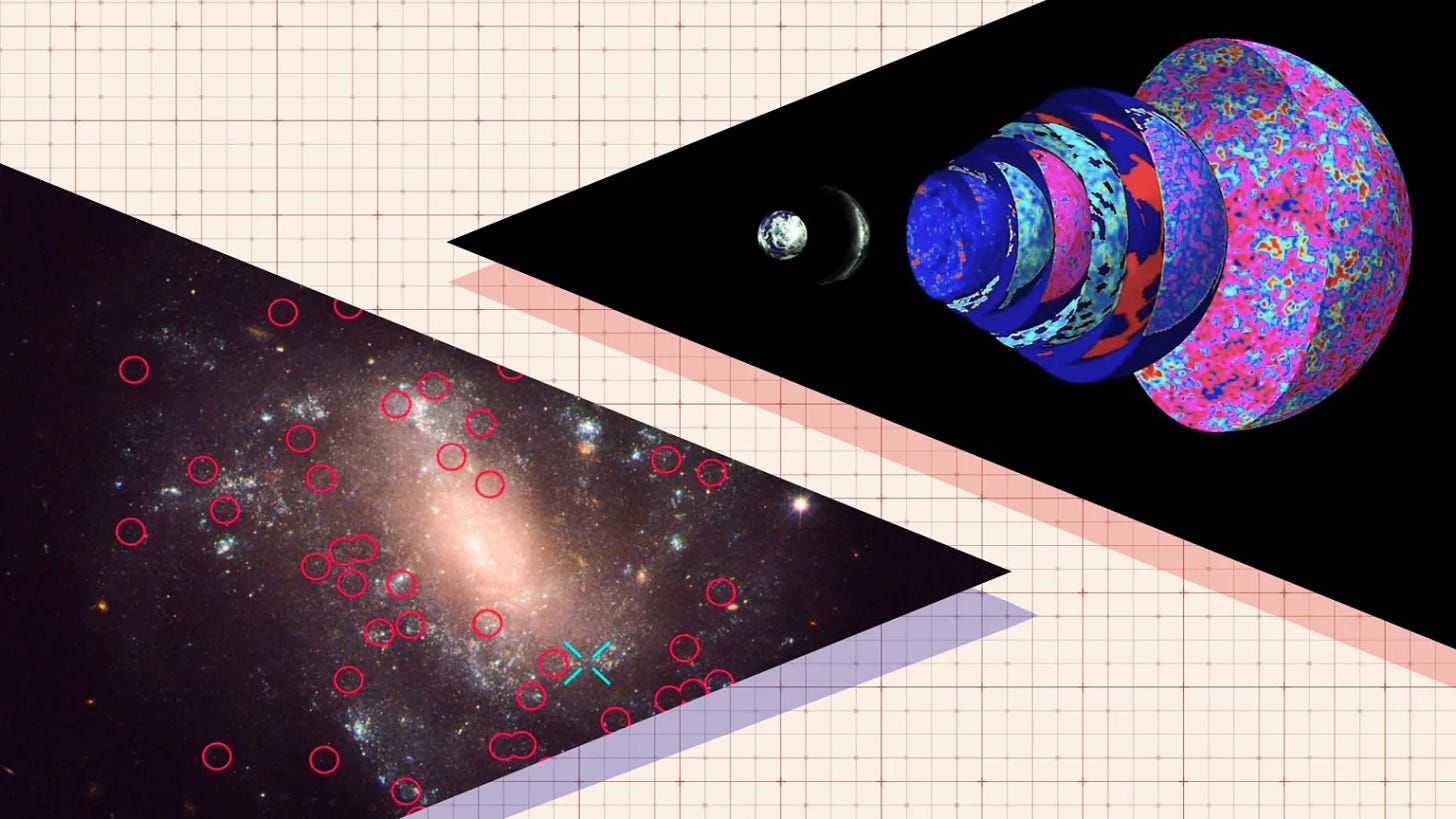
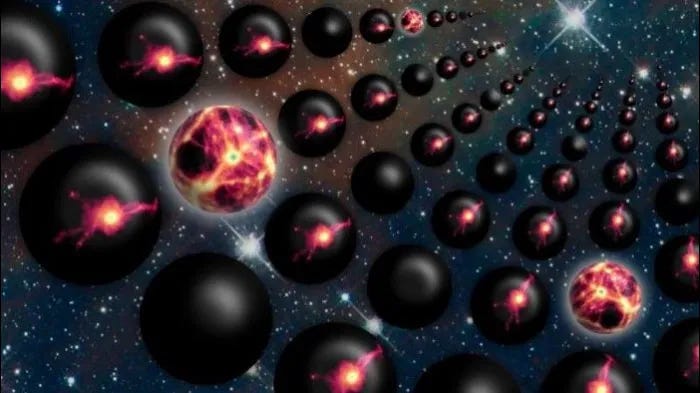
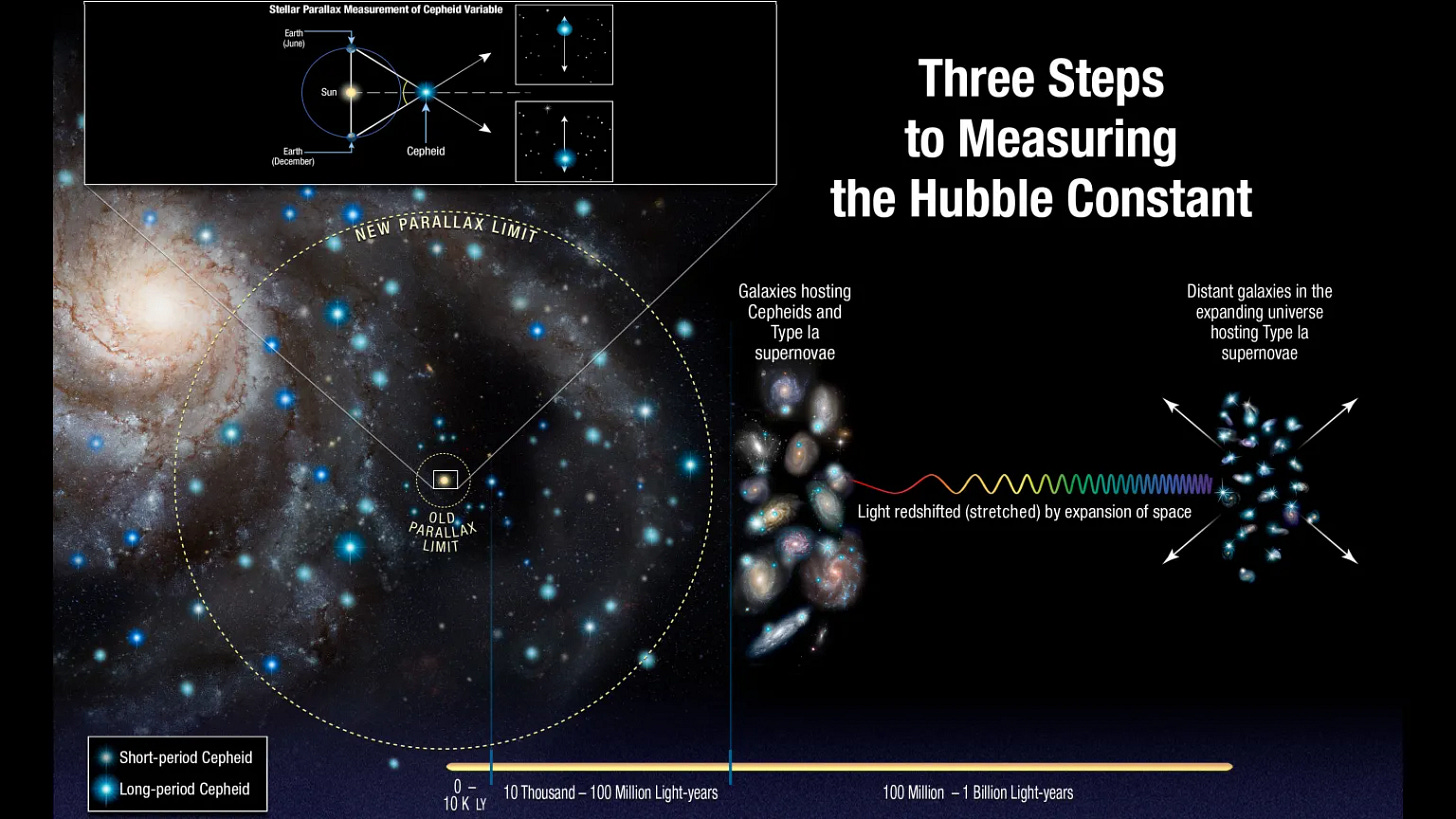
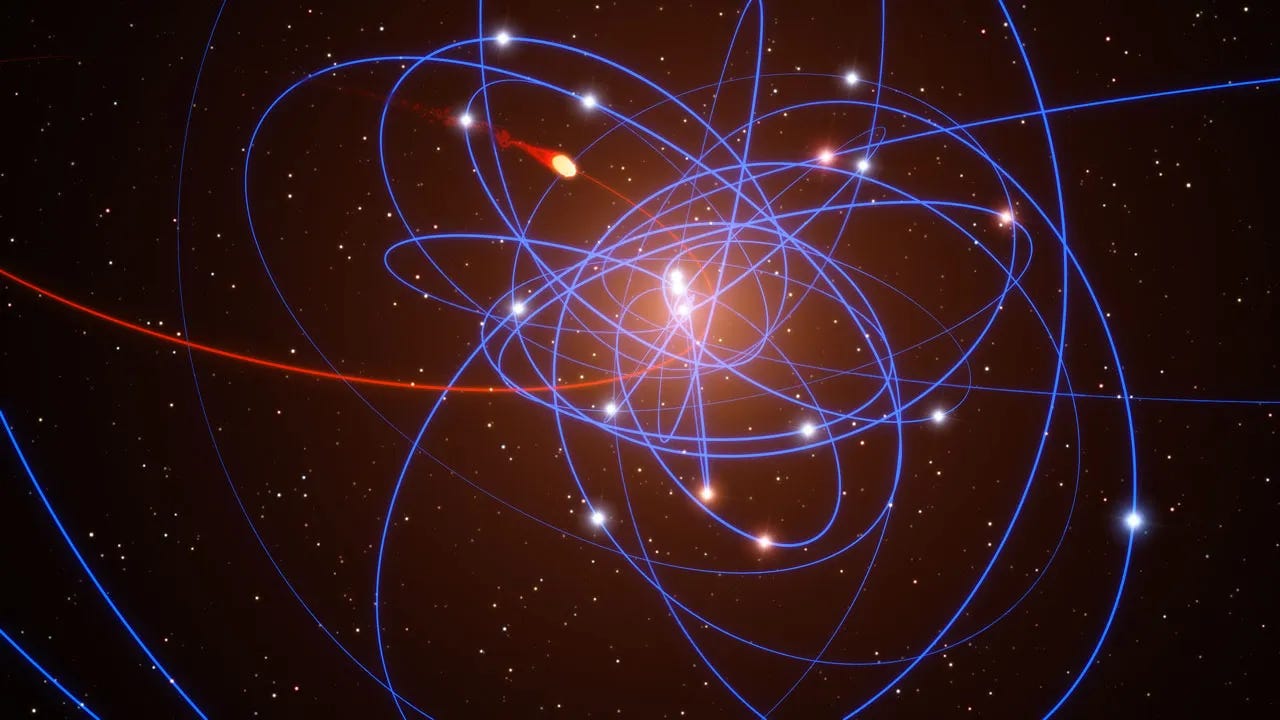

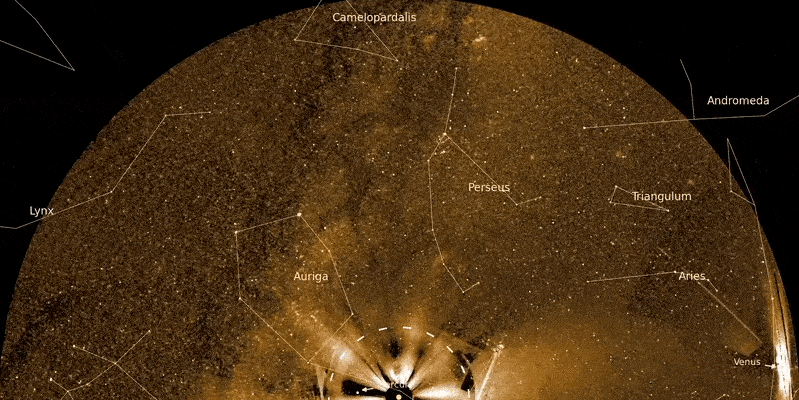

Please tell me this is not a recent article…so obvious that nobody needs to explain the universe using dark matter. I thought people understood this by now…. Are people still really thinking in terms of “forces” and empty space… “spooky action at a distance” is dead, Long live Einstein’s original intuition which has now proven to be the most valid explanation…universe static in size despite the stars moving within it…